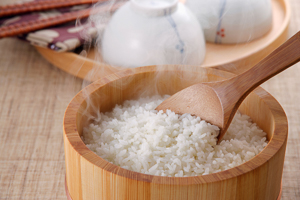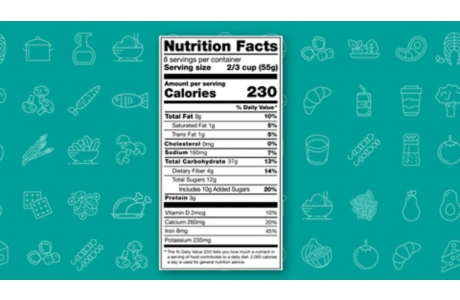Low-Potassium Foods
Topic Overview

Potassium is a mineral in your cells that helps your nerves and muscles work right. The right balance of potassium also keeps your heart beating at a steady rate.
A potassium level that is too high or too low can be dangerous. If your levels are high or low, you may need to change the way you eat.
- Low-potassium foods: Less than 100 mg
- Medium-potassium foods: 101–200 mg
- High-potassium foods: 201–300 mg
- Very-high potassium foods: Over 300 mg
You can control the amount of potassium you get in your diet by being aware of which foods are low or high in potassium. When choosing foods from lists like the one below, note the serving size. Otherwise, it can be easy to get too much or too little potassium.
|
Serving size |
Potassium (mg) |
|
|---|---|---|
|
Applesauce |
½ cup |
90 |
|
Bagel, plain |
4-inch |
70 |
|
Beans, green |
½ cup |
90 |
|
Blueberries |
½ cup |
60 |
|
Bread, multi- or whole-grain |
1 slice |
60 |
|
Butter |
1 Tbsp |
Less than 5 |
|
Carbonated beverage (ginger ale, root beer, orange, grape, lemon-lime) |
1 cup |
Less than 5 |
|
Cereal (puffed rice) |
1 cup |
15 |
|
Cereal (puffed wheat) |
1 cup |
Less than 5 |
|
Cheese |
1 oz |
20–30 |
|
Cranberry juice cocktail |
½ cup |
20 |
|
Cucumber, peeled, raw |
½ cup |
80 |
|
Gelatin |
½ cup |
Less than 5 |
|
Grapes |
9 grapes |
90 |
|
Hot dog (beef, pork) |
1 |
75 |
|
Humus |
1 Tbsp |
35 |
|
Lemon |
Juice of 1 fruit |
50 |
|
Lettuce |
1 cup |
100 |
|
Lime |
Juice of 1 fruit |
45 |
|
Macaroni |
½ cup |
65 |
|
Oil (canola, peanut, safflower, sesame, soybean, sunflower) |
1 Tbsp |
0 |
|
Olives |
5 large |
Less than 5 |
|
Popcorn |
1 cup |
20–25 |
|
Pineapple |
½ cup |
100 |
|
Radishes |
1 radish |
10 |
|
Raspberries |
½ cup |
90 |
|
Rice (white, brown) |
½ cup |
50 |
|
Salt |
1 tsp |
0 |
|
Sherbet |
½ cup |
70 |
|
Soup (chicken noodle) |
1 cup |
55 |
|
Spaghetti |
½ cup |
30 |
|
Sugar, granulated/powdered |
1 tsp/1 Tbsp |
0 |
|
Tea, brewed |
1 cup |
90 |
|
Tortilla, flour or corn |
1 |
50 |
Hidden potassium
Some foods and drinks may have hidden potassium. Certain herbal or dietary supplements may also have it. Diet or protein drinks and diet bars often have this mineral. It is also in sports drinks, which are meant to replace potassium you lose during exercise.
Food labels do not have to include the amount of potassium, but some do. Even if potassium is not listed, it may still be in that food.
Do not use a salt substitute or “lite” salt without talking to your doctor first. These often are very high in potassium.
Health Tools
Health Tools help you make wise health decisions or take action to improve your health.
References
Citations
- U.S. Department of Agriculture, et al. (2015). USDA National Nutrient Database for Standard Reference, release 28. U.S. Department of Agriculture. http://www.ars.usda.gov/ba/bhnrc/ndl. Accessed October 12, 2015.
- American Dietetic Association (2015). Potassium content of foods. Nutrition Care Manual. https://www.nutritioncaremanual.org/client_ed.cfm?ncm_client_ed_id=153&actionxm=ViewAll. Accessed September 10, 2015.
Current as of: November 7, 2018
Author: Healthwise Staff
Medical Review:Martin J. Gabica MD – Family Medicine & E. Gregory Thompson MD – Internal Medicine & Adam Husney MD – Family Medicine & Kathleen Romito MD – Family Medicine & Rhonda O’Brien MS, RD, CDE – Certified Diabetes Educator
This information does not replace the advice of a doctor. Healthwise, Incorporated, disclaims any warranty or liability for your use of this information. Your use of this information means that you agree to the Terms of Use. Learn how we develop our content.


